What The Incredibles Got All Wrong About Superheroes
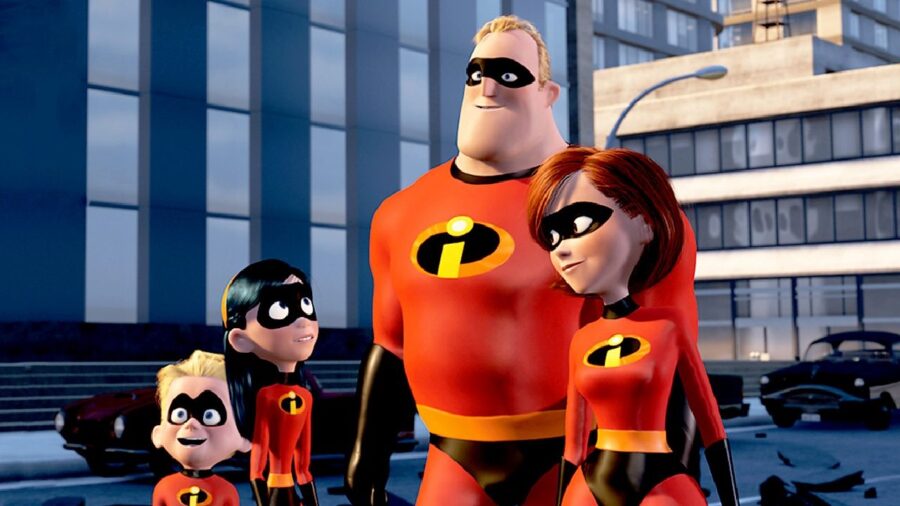
One of the most iconic lines from The Incredibles is Edna Mode’s simple rule for designing superhero costumes, “No capes.” While the rule makes sense for the character and the world of The Incredibles, it’s become a rule that superhero fans often echo when talking about superhero costume design. However, in the context of most superhero universes, the rule actually makes no sense and actively limits superheroes.
No Capes

The Incredibles is a great movie, taking inspiration from Silver Age comics like The Fantastic Four and creating a new superhero world that feels lived in, which Edna’s “No capes” rule is a great example of. Her rule is based on a costume she designed for the superhero Stratogale, which included a cape that tragically got caught in a jet turbine, killing the hero. It’s great storytelling and character development, but that doesn’t actually make it a good design rule outside of that particular context.
Capes With Powers
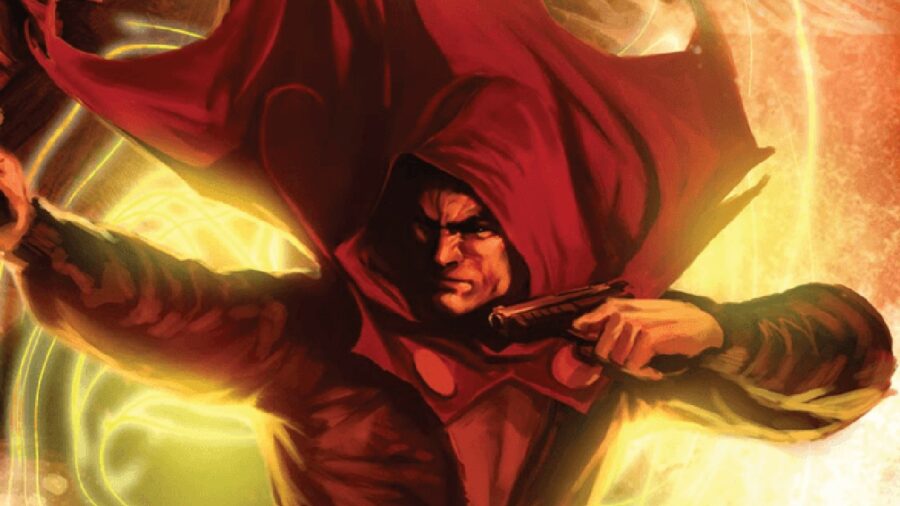
Many superheroes outside of The Incredibles universe have powers directly connected to their capes, often with special capes that provide the character with superpowers. Cloak of Marvel Comics is one such character, using his cloak as a focus for his connection to the dark force, allowing him to teleport, invisibility, and intangibility. The cloak itself has magical properties that heighten Cloak’s powers. The Hood is another Marvel character whose powers directly come from his cape, which is of demonic origin, giving him the ability of invisibility.
Batman’s Cape

Even characters without superpowers often use specialized capes strategically, making the design choice an active advantage rather than a disadvantage. The most famous example of this is Batman, whose cape is often portrayed as fireproof and sometimes even bulletproof, making it a defensive tool for the hero with no powers. For Batman and other characters like Robin, Batgirl, and Moon Knight, a specialized cape also allows them to glide on air currents, a useful skill for characters who don’t have the power to fly.
You Don’t Tug On Superman’s Cape
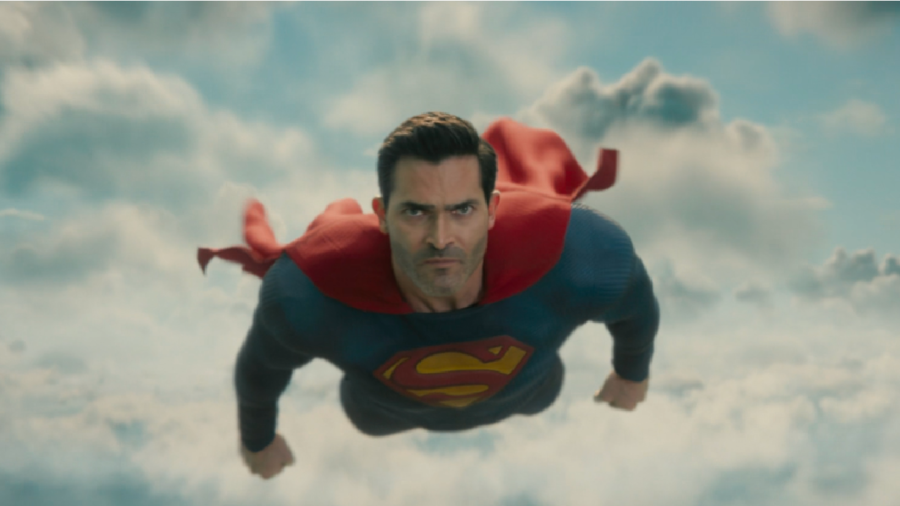
Capes have many uses in various comic book universes, but even purely cosmetic capes make sense for characters who are invulnerable or super strong, which are common outside of the universe of The Incredibles. Superman, the origin point of the entire superhero genre, wears a cape that rarely has a strategic point, but because he’s nearly indestructible, super strong, and can fly, there’s no reason to be concerned about his cape getting tangled or caught in a jet turbine. Similarly, Thor wears a purely cosmetic cape, and any downside is mitigated to be harmless by the fact that he’s a literal god
Edna Mode Would Like Watchmen
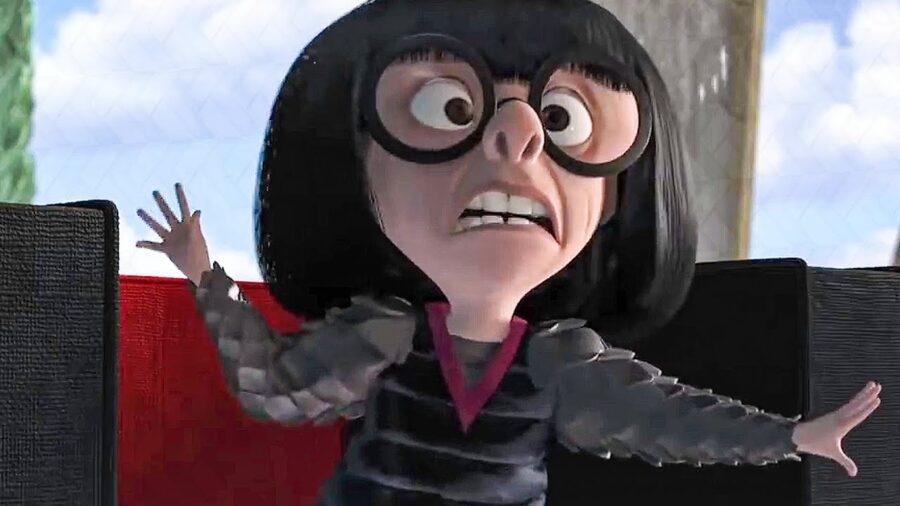
The “no capes” rule only applies in worlds with a narrow set of powers and a degree of realism that doesn’t apply to most superhero universes. To this point, the other major piece of superhero media with a tragic cape-based death is Watchmen with the death of Dollar Bill. Notably, that’s a world where most characters had no superpowers at all.
Dr. Doom Wears A Cape, ‘Nuff Said
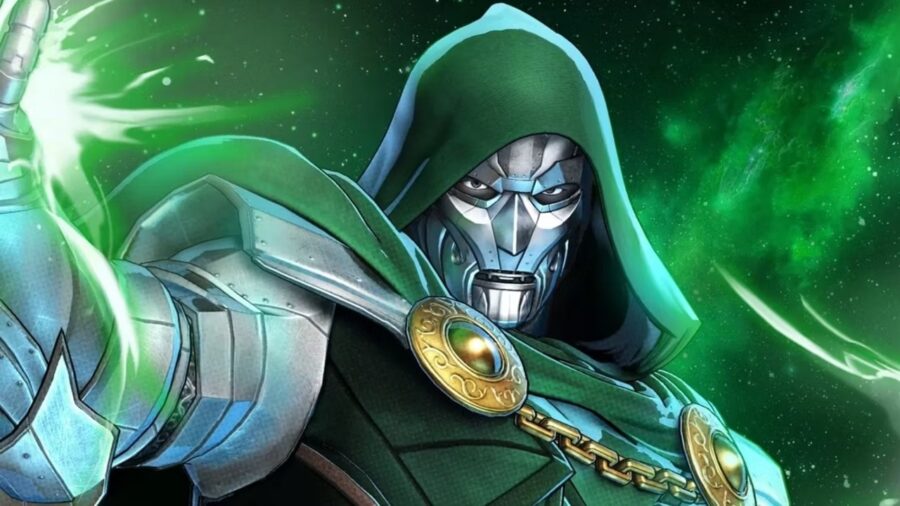
Characters like Dr. Doom, Spawn, and Storm look more imposing and distinctive because of their capes, which is important in visual mediums both aesthetically and in elevating the characters above ordinary people.
The anti-cape argument is firmly rooted in practical, realistic concerns that undercut the mythic quality that makes superheroes great. While there are numerous examples of why the “no capes” rule of The Incredibles is often wrong, in practical terms, it also stands in opposition to a much more important rule, “the rule of cool.”












